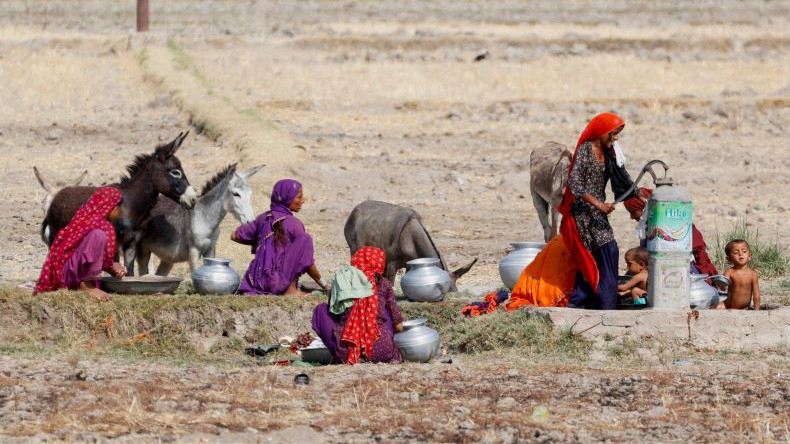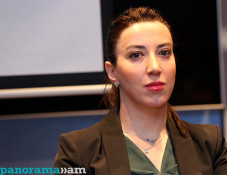
UN gender-climate action faces uphill climb as warming hurts women
In a new study quantifying how gender shapes people’s experiences of climate change, scientists at the Potsdam Institute for Climate Impact Research (PIK) found that, by 2050, higher temperatures and changing rainfall patterns could mean women globally spend up to 30% more time collecting water, Climate Home News reported.
PIK guest researcher Robert Carr, the study’s lead author, explained how this results in more physical strain, psychological distress and lost time that could otherwise be spent on education, leisure or employment.
“Even when people talk about gendered climate impacts, there is very little attention on time poverty and how that affects someone’s ability to improve their life,” Carr told Climate Home.
In addition, the cost of lost working time for women affects economies, and is projected to reach tens to hundreds of millions of US dollars per country annually by 2050, the study said.
Carr noted that the data underpinning PIK’s study only recently became available and is a valuable tool for connecting women’s welfare issues to climate impacts, with more such analysis expected as new datasets emerge.
“But more still needs to be done to act on, and implement, research findings like ours at the local and national levels,” he added.
For that to happen, research like PIK’s has to resonate in government offices and negotiating rooms at UN climate talks, where gender activists see 2024 as a milestone year. Countries are expected to renew key global initiatives for advancing gender-responsive climate action and improving gender balance in official delegations at UN negotiations.
So far progress has been slow. After more than a decade of working towards those aims within the UN climate process, wilder weather and rising seas are still disproportionately affecting women and gender-diverse people, as global warming continues apace.
For example, female-headed rural households experience higher income losses due to extreme weather events like floods and droughts, through impacts on farming and other activities.
Rates of child marriage and violence against women and girls have been shown to increase during and after climate disasters. And studies have identified a positive correlation between drought-induced displacement and hysterectomies among female farm labourers in India.
At the same time, barriers like caring responsibilities, lack of funding, difficulties in obtaining visas and even sexual harassment in UN spaces persist, standing in the way of women’s equal participation in the climate negotiating rooms.
Yet, despite the mounting urgency, governments made little progress in talks on gender issues at the mid-year UN conference in Bonn this month.
Advocates had hoped to leave the German city with a new, stronger version of the UN’s flagship gender initiative, known as the Lima Work Programme on Gender (LWP). Instead, discussions were tense and slow, leaving the LWP – which is supposed to be renewed by 2025 – to be finalised in November at the COP29 climate summit in Azerbaijan.
Newsfeed
Videos






























